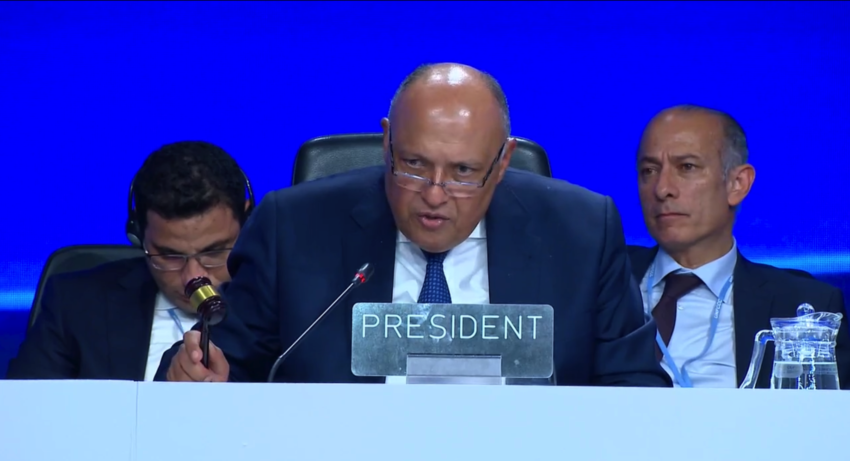The CoP27 climate talks in Sharm el Sheik ended in agreements, but the consensus rule made it extra hard this year, as many nations suffer climate disasters, war and energy crisis. I was not at the CoP this year, but was involved via the International Emissions Trading Association. Groundbreaking was, against the background described before, the adoption of a Fund for Loss & Damage, meant only for the most vulnerable nations and it will have to be financed by more nations.
The mandatory (Art 6.2) and voluntary carbon market (VCM) remain important to help meet national targets and bridge the emissions gap towards the 1.5° target and do it with lower cost than only with domestic measures. And carbon trade also helps finance the Adaptation Fund. The CoP decided that carbon trading will have to be better registered and tracked: transparency will indeed be key to ensure high quality and use by only 1 country (no double counting towards NDC).
It will take time to implement the rules and for nations to prove they reduce more than they need to meet their NDC to avoid overselling and ensure that the buyer can use the reductions, known as Internationally Transferred Mitigation Outcomes (IMTOs) to meet its own NDC. In the meantime the voluntary offsetting market helps host countries, as in that case credits are not transferred out of the country.
Parties are preparing the operationalization of Art 6, for example:
- At the CoP several African presidents presented the African Carbon Markets Initiative (ACMI). They presented a Roadmap that needs create an high quality ethical African Carbon Credit and to upscale the voluntary market up to 300 Mton CO2 reductions, 30 mln jobs, $120bln revenue in 2030, a price on $20 in 2030 and $80 in 2050.
- And ministers of Japan and Singapore, and high level officials from Germany, India, New Zealand, Sweden, Finland, Estonia, USA and Italy launched today the Article 6 Implementation Partnership. In total already 40 nations joined;
- And there are already several Art 6.2. purchase deals prepared by e.g. Switzerland, South Korea, Japan and Canada; Sweden, Norway, Singapore, the U.S. and Germany are also interested.

And carbon #removals are welcomed as new categorie for the carbon market to enable negative emissions to help close the emissions gap faster. The UFCCC is asking views by March 2023.
The current crisis, the awareness by EU and others, that gas will still be needed in the short-term and lobby of oil producing countries prevented to include phase-out of oil and gas in the Cover Decision. That is why the EU said “This is not enough”, as there is just 7 years to stay within Paris targets. Climate talks are global and the 30% Methane reduction pledge helps, but individual nations decide their own measures.
So it is crucial that next year major emitters will have to increase action. The emissions gap can still be bridged as IEA shows that with plannned targets we are now set to 1,7 Degrees!

